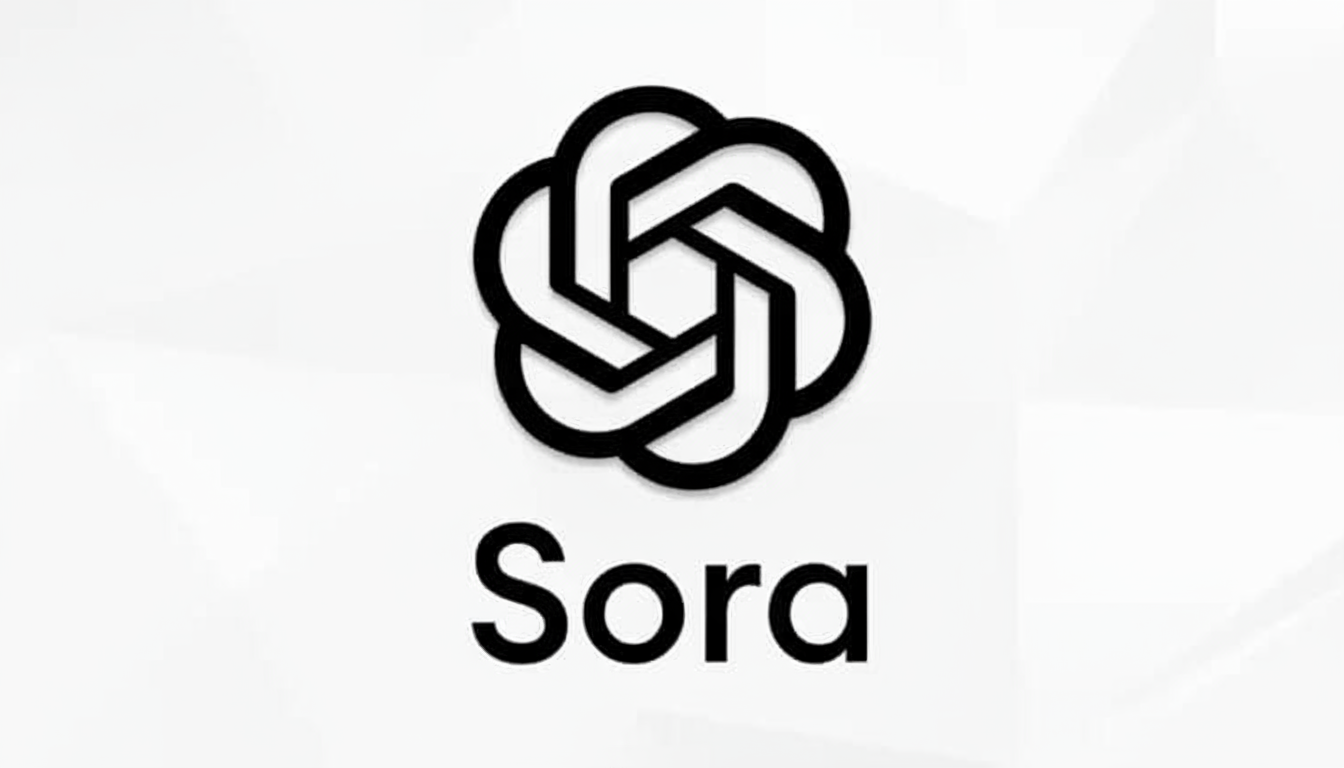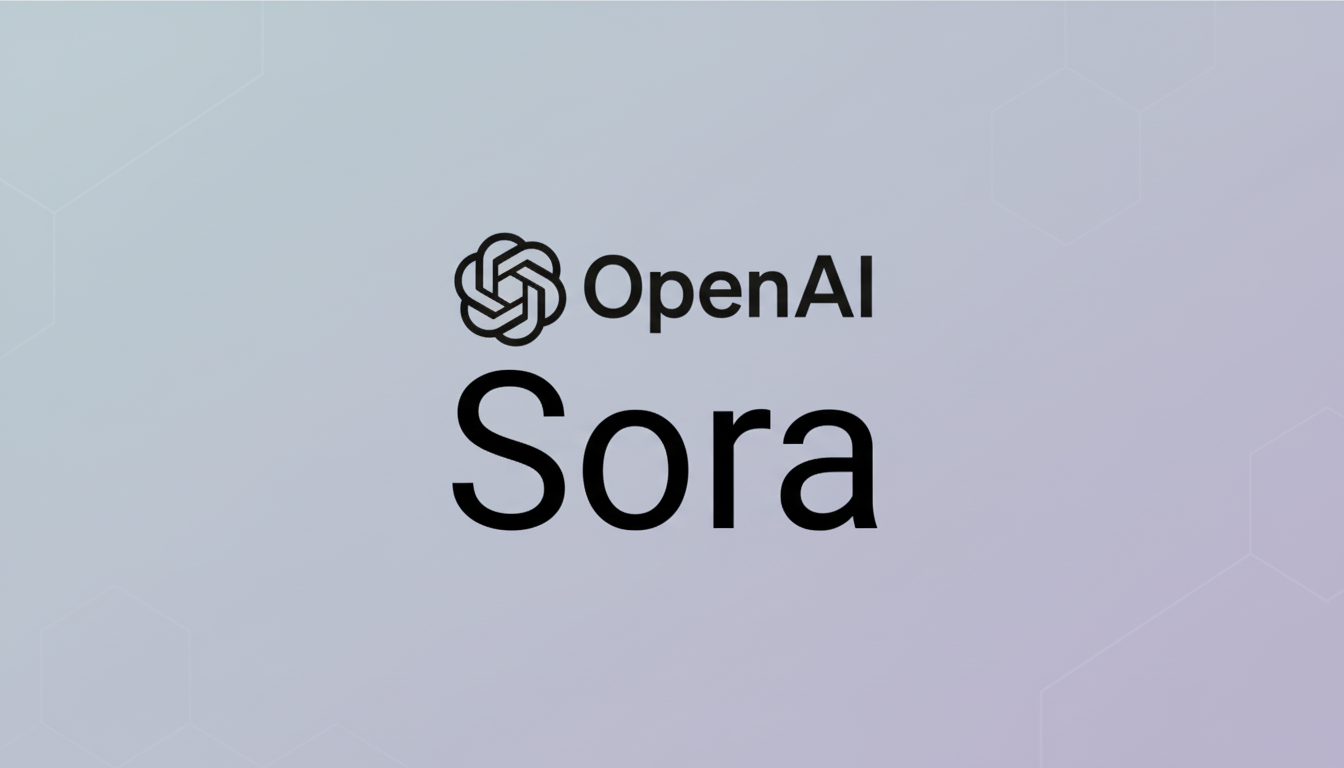OpenAI’s video model Sora is finally headed to Android, with the project’s lead Bill Peebles signaling on X that an official app is “actually coming soon.” Pre-registration has appeared on Google Play, and the tease arrives alongside hints of fresh features including character cameos, in-app editing, and broader performance boosts.
For a tool famed for cinematic, physics-aware clips generated from text prompts, landing on the world’s largest mobile platform could be a turning point. It suggests OpenAI is preparing to put Sora’s creative workflow in pockets, not just on desktops.

Why an Android App Matters for Sora’s Growth
Android powers the clear majority of smartphones globally; StatCounter’s tracking often places its share around 70% of active devices. That reach, combined with the creator economy’s mobile-first habits, makes a dedicated app more than a convenience—it’s a distribution strategy.
Mobile is where ideas start: a quick sketch, a reference video, a voice note, or a snap of a storyboard. With an Android app, creators could capture references, iterate on prompts at the moment of inspiration, and immediately publish test shots to social channels. While heavy video generation will still run in the cloud, a well-designed client can streamline capture, prompting, review, and sharing.
It also tackles a practical gap. Many teams don’t cart laptops to set locations or events. If Sora output and prompt revisions live in an Android app, collaboration moves faster, especially when stakeholders are already reviewing assets on messaging and social apps.
New Sora Tools Preview Highlights Upcoming Features
Peebles signaled support for “character cameos,” a feature that lets users upload media of a character or animal and have Sora animate it inside generated scenes. Think brand mascots walking into product shots, an indie game character delivering voice lines, or yes—your dog narrating a travel vlog with lip-synced expressions.
Another incoming upgrade is lightweight editing inside Sora: stitching clips, refining cuts, and adjusting continuity without hopping to a separate app. That won’t replace professional suites, but it reduces friction for concept proofs, mood reels, and quick social posts.
OpenAI is also talking about performance improvements and more user-tailored social channels inside the service. If those channels surface high-quality prompts, parameter presets, and community benchmarks, onboarding new users becomes far less daunting—and output quality more reproducible.

Competitive Stakes in Generative Video Are Escalating
Sora 2 has drawn attention for longer, coherent shots and believable motion. Researchers and creators comparing it with Google’s Veo 3 frequently point to Sora’s scene consistency, while noting Veo’s strengths in color grading and cinematic framing. Meanwhile, Runway’s Gen-3, Pika, and Stability’s models push rapid iteration and stylistic variety.
An Android app helps Sora defend mindshare where content is consumed and created. More than half of YouTube views happen on mobile, according to Google, and short-form platforms prize velocity. If prompt tweaks, character assets, and draft renders can be handled on-device, Sora becomes easier to fold into day-to-day production workflows.
Questions That Still Matter Before Sora’s Android Launch
Release timing is still unspecified beyond “coming soon,” but pre-registration is a strong tell. Pricing, credits, and rate limits on mobile are open questions. So is parity: will Android ship with the same model settings, frame rates, and duration options as the web experience?
Safety and provenance will be under scrutiny. Character cameos invite obvious risks around likeness and consent; clear guardrails are needed. The industry trend is toward content credentials via the C2PA standard, watermarking, and visible disclosure labels. How consistently Sora applies those on Android—and how share targets preserve them—will shape trust.
There’s also the matter of performance on mid-range devices. Even with cloud inference, responsive previews, caching, and upload reliability make or break mobile creative tools. Expect OpenAI to optimize around smaller proxies and background processing to keep the app feeling snappy.
Bottom Line on Sora’s Android App and What Comes Next
Sora coming to Android is a logical and long-awaited step that could expand the model’s footprint from studio desks to everyday shoots and social workflows. With character cameos, built-in editing, and community discovery in the pipeline, OpenAI appears to be shaping Sora into a more complete creation platform—not just a dazzling demo.
If OpenAI delivers a polished Android experience with sensible safeguards and solid performance, Sora’s next wave of growth may come from creators who work where their audiences already live: on their phones.

